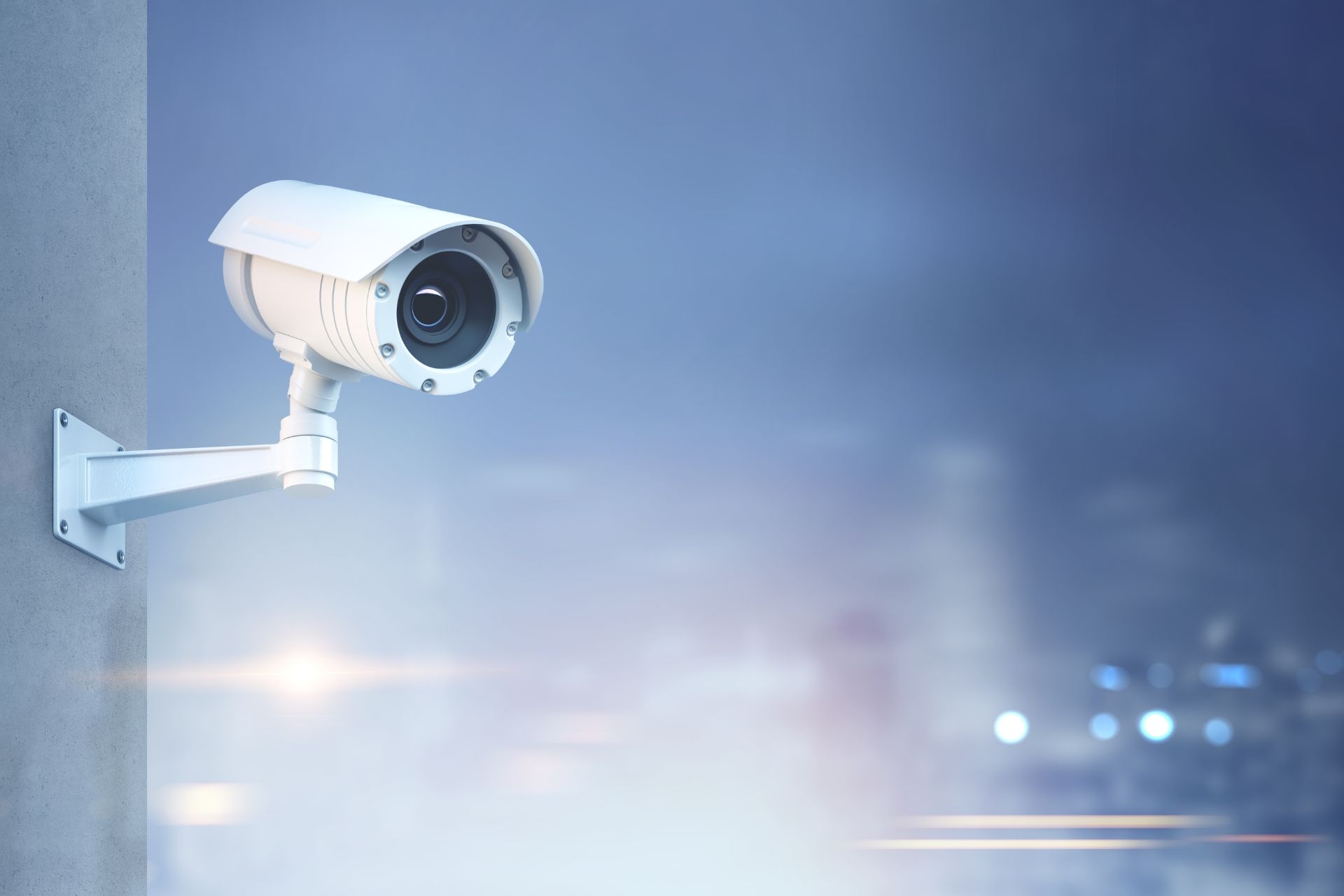

The purpose of data lifecycle management in CCTV systems is to effectively manage the entire lifespan of the data generated by the surveillance cameras. This includes the collection, storage, retention, and eventual disposal of the footage. By implementing data lifecycle management, organizations can ensure that the CCTV data is handled in a systematic and organized manner, in line with industry best practices and regulatory requirements.
Data lifecycle management helps ensure the security and privacy of CCTV footage by implementing strict controls and protocols for access, retention, and disposal of the data. This includes encryption of the footage, access controls to limit who can view or manipulate the data, and regular audits to monitor compliance with privacy regulations. By managing the data lifecycle effectively, organizations can minimize the risk of unauthorized access or data breaches, thus safeguarding the security and privacy of the CCTV footage.
NoSQL document-oriented database provider Couchbase on Thursday said that it was working to add support for vector capabilities to its database offerings, including its Capella managed database-as-a-service (DBaaS).The vector capabilities will include similarity search and retrieval-augmented generation (RAG), the company said, adding that the addition of these capabilities will also enhance the performance of the database as all search patterns can be supported within a single index to lower response latency.To read this article in full, please click here
Posted by on 2024-03-01
I recently participated in a documentary called “Clouded II: Does Cloud Cost the Earth?” Please watch it. It looks at the issues surrounding cloud computing, its consumption of power, and thus its potential impact on the planet.The documentary did an excellent job of balancing perspectives. I don’t think anyone is arguing that data centers should not exist, but those data centers should be efficient and minimize power consumption. This means optimizing the resources we use and moving away from the “store all the data” mentality we’ve had for the past 50 years. We created 64 zettabytes of global data in 2020, and it has gotten worse in the years since.To read this article in full, please click here
Posted by on 2024-03-01
The key stages of the data lifecycle in CCTV systems include data collection, storage, processing, analysis, retention, and disposal. Each stage requires careful management to ensure that the data is handled securely and in compliance with relevant regulations. This includes implementing robust storage solutions, data encryption, and retention policies to determine how long the footage should be kept before it is securely disposed of.

Data lifecycle management can help optimize storage and retrieval of CCTV footage by implementing efficient storage solutions, such as cloud storage or tiered storage systems. By categorizing the footage based on its importance and retention requirements, organizations can optimize storage space and retrieval times. This ensures that the most critical footage is readily accessible, while less important data is stored cost-effectively.
Potential challenges or risks associated with data lifecycle management in CCTV systems include the complexity of managing large volumes of data, ensuring compliance with evolving privacy regulations, and the risk of data breaches or unauthorized access. Additionally, organizations may face challenges in determining the appropriate retention periods for the footage and implementing secure disposal methods to prevent data leakage.

Best practices for implementing data lifecycle management in CCTV systems include conducting regular risk assessments to identify potential security vulnerabilities, implementing strong access controls and encryption measures, and establishing clear policies for data retention and disposal. It is also important to stay updated on the latest privacy regulations and industry standards to ensure compliance and mitigate risks.
Data lifecycle management in CCTV systems must comply with relevant data protection regulations and laws, such as the General Data Protection Regulation (GDPR) and the California Consumer Privacy Act (CCPA). This includes obtaining consent for data collection, implementing measures to protect the security and privacy of the footage, and ensuring that the data is only used for its intended purpose. Organizations must also provide individuals with the ability to access, correct, or delete their personal data in accordance with data protection laws.
